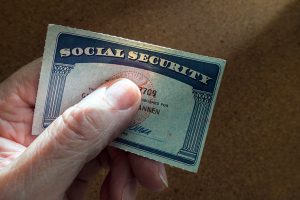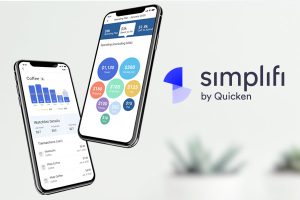Avoid Debt With a Budgeting App
When it comes to financial health, debt itself isn’t bad — taking out loans and other forms of credit actually builds your credit history and credibility with lenders. But unmanageable debt can be stressful. Using a budgeting app can lower the chances that you’ll accidentally find yourself in too much debt to manage. It can also help you make smart choices if you choose to take on good debt in the future.
Set Up Your Initial Budget
First thing’s first: Starting a basic budget is the key to avoiding unmanageable debt. Tracking your after-tax income and expenses gives you a sense of how much money you actually have and how much room you’ll have for new expenses. Quicken Starter Edition automatically and safely imports purchases and deposits from your accounts, so you can easily see how much money is coming in and where it’s spent.
Grow Your Emergency Fund
Build room into your budget for emergency savings, especially if you’re eyeing a big expense in the near future. “A two-wage-earner family should have at least three months’ living expenses in an emergency savings account; a one-wage-earner family needs at least six months,” says Sallie Mullins Thompson, a Certified Public Accountant based in New York.
Your emergency savings account should include all your expenses, not just the essentials, and the fund should grow as your expenses increase. Use the Quicken app to connect your desktop Quicken Starter Edition software with your mobile device and track your monthly savings until you’ve built up your emergency fund to accommodate an anticipated new expense level. That way, an emergency won’t put you into debt.
Budget to Stay in the Black
Once you’ve built your initial budget, use the app during your day to day to avoid accidental spending that could put you in debt. Following a budget closely means that you can use a credit card without going into debt, since you’ll ensure you have enough money to pay it off in-full each month.
The Quicken Starter Edition mobile app makes it easy to keep track of your expenses at the point of sale, avoiding any surprises on your credit card bill. It allows you to photograph and store receipts and track purchases in real time, so you always know how much is in your budget to cover expenses for the rest of the month. It also syncs with the desktop version, so you’re never working with outdated data.
What to Do When Debt Is Unavoidable
While it’s important to limit consumer debt, some purchases — like a home — aren’t practical to pay for upfront. But budgeting can help you manage good debt, too. Quicken offers a projection feature to track your anticipated cash flow, so you’ll always know if you can really afford a new expense. If you have any existing debt, Quicken Starter Edition helps create repayment plans to reduce the debt as quickly as possible.
If you’re not sure how much debt is manageable, Mullins recommends following these guidelines:
- Limit consumer debt, including car payments, to 20 percent of take-home pay.
- Limit housing costs, including your mortgage, to 28 percent of before-tax pay.
- Limit total debt to less than 36 percent of before-tax pay.
Using a budgeting app not only helps limit excess spending to keep you within your limit, but also raises your financial awareness, putting you on track for future financial health.
Quicken has made the material on this blog available for informational purposes only. Use of this website constitutes agreement to our Terms of Use and Privacy Policy. Quicken does not offer advisory or brokerage services, does not recommend the purchase or sale of any particular securities or other investments, and does not offer tax advice. For any such advice, please consult a professional.



